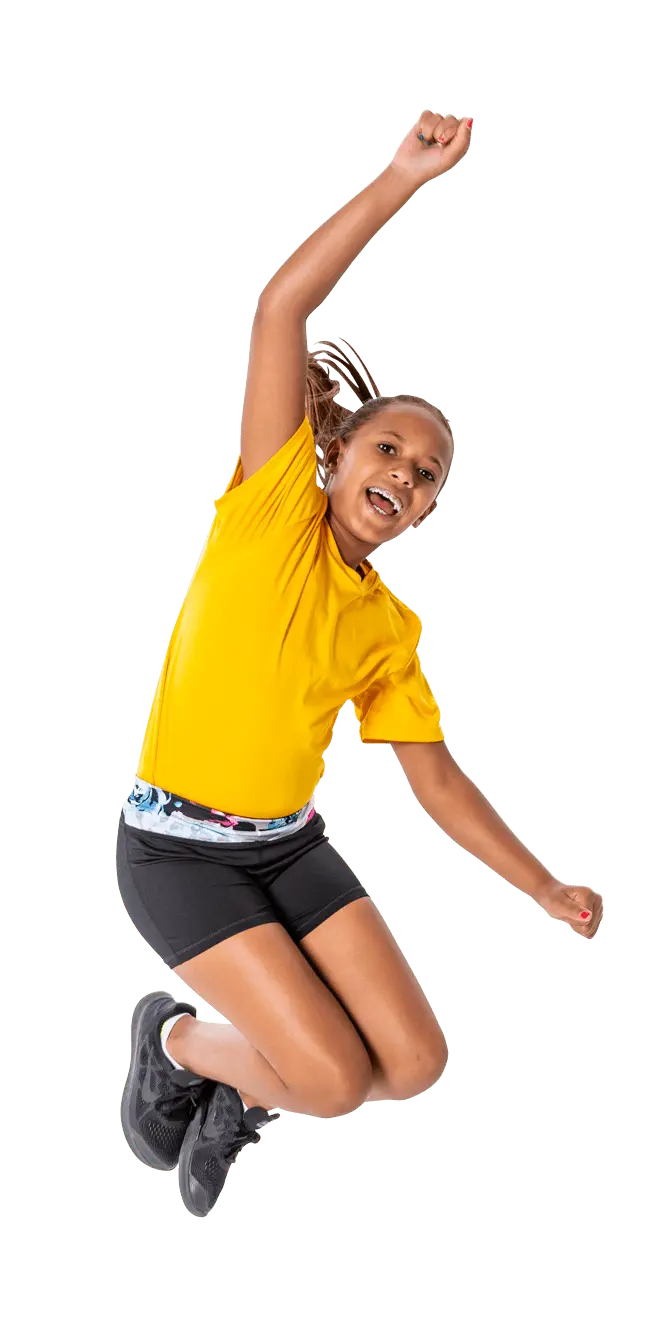
What is Parkour?
- Parkour is an art of movement in which you train the body and mind to overcome obstacles.
- It emphasizes strength, flexibility, balance, body control, creativity, fluidiyt, discipline, and precision.
- Parkour movements include running, jumping, vaulting, climbing, balancing, and crawling.
- Parkour training focuses on safety, responsibility, overcoming fear, and self-improvement.
Source: Apex Movement
Parkour Student Learning Targets
I use four learning targets with my students throughout our Parkour unit and use a rubric to assess them on each.
- I can show body control by the way I use agility on the course. Agility is the ability to change directions quickly.
- I can show body control on the course by the way I maintain my balance.
- I can show power by the way I jump vertically.
- I can show coordination and use various parts of my body by the way I run, vault, climb and roll.
Once we’ve established and reviewed the learning targets, we move into the activity (sample below).
The Parkour Workout

- 2-Minute Circuits for Practice
- Jumps
- Drop and Roll
- Vaults
- Vertical Wall Runs
- Balance
- Hand Stands and Wall Stands
- Combine the circuits to create a workout
- Students move through on their own
- Design A Course
- Have students work with a small group to develop a parkour course
- Use the equipment provided without moving
Upon completion of the lesson, I use the below rubric to assess students on the learning targets as defined above.
Parkour Standards-Based Rubric/Assessment
|
7-8 |
The student recalls and applies a range of skill and techniques, recalls and applies a range of strategy, and recalls and applies information to perform at a high level. |
|
5-6 |
The student recalls and applies skill and techniques, recalls and applies strategy, and applies information to perform effectively. |
|
3-4 |
The student recalls skill and techniques, recalls strategy, and applies information to perform. |
|
0-2 |
The student rarely/never shows skill or techniques, does not show strategy, and rarely/never works for achieve success. |
Need additional resources? The Lets Parkour PRO app (available on iTunes® for $1.99) is a great resource for teaching parkour in PE. The app features 112 elements or movements with a detailed lesson and video of each.





